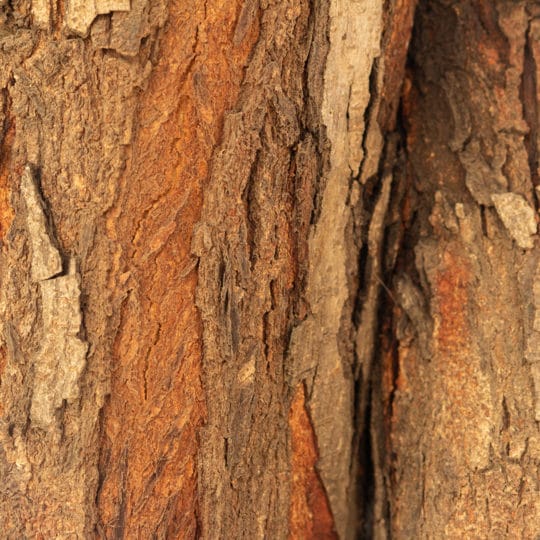3 Tree Warning Signs
How Bad is it Really?
Posted
August 4, 2022

Trees have a way of showing you how they feel through certain telltale signs. However, sometimes what may look like a health issue is just a natural way of life. From peeling tree bark to swaying trunks, learn what tree warning signs need your immediate attention.
Three Tree Warning Signs (That May Not Be So Bad)
It’s always a good idea to pay close attention to any signs of tree stress. Trees do so much for your yard—like providing beauty, shade, and oxygen—so it’s only fair to try and take care of it.
Sometimes you may notice certain things about your tree that could cause alarm:
- Peeling tree bark
- Early leaf drop
- Leaning or swaying trunks
While these signs should be investigated, there’s no immediate cause for panic. Let’s examine each one further to find out why.
Peeling Tree Bark Warning Sign
Noticing tiny crumbles or large sheets of bark laying under a tree is certainly not something you want to see every day. However, trees do go through a normal shedding process, so it may not be as big of a deal as you think. Trees that typically shed bark in large chunks include:
- Silver maple
- Birch
- Sycamore
- Scotch pine
There are also some environmental reasons why trees shed bark. If it’s only peeling on the south-facing side, it could be from frost damage or sunscald. These issues also need to be addressed since they will affect the lifespan of the tree.
Disease and injury are also reasons why a tree may lose its bark, so further investigation is necessary. A fungal disease is usually accompanied by wilting leaves and dead branches. Depending on the disease, a tree may have to be removed altogether.
If you notice peeling bark, you want to check if there’s new bark covering the trunk. This is an indication of normal shedding. If there are bare spots or large mats of fungus there instead, there is an underlying problem that needs to be taken care of.
Early Leaf Drop Warning Sign
Once spring arrives and trees start filling with leaves, you may think you don’t have to worry about falling leaves again until autumn. However, there are several reasons why leaves could fall shortly after they bud and well into the summer months.
Weather plays a vital role in plant health. Sudden changes in temperature cause stress (on all living things) and therefore may cause leaves to fall early. Then in the height of summer, the harsh heat and drought conditions also cause trees to try and compensate for the lack of resources by dropping leaves.
While these extreme weather changes may only force trees to try and naturally regain balance, it also creates an ideal environment for fungal disease. Some species of trees are more resilient to disease than others. But then there are some trees, like crabapples, that have a disease named just for them—apple scab. This disease affects branches and causes leaves to drop.
You can try to combat drought conditions by properly watering your tree and providing them with moisture-retaining mulch. Some trees can recover quickly from natural stressors, but others are more likely to weaken enough to where removal is necessary.
Swaying and Leaning Trees
Seeing tree branches gently sway in the breeze can be calming. Seeing a tall, skinny trunk sway over your home or shed—not so much. But is it something to worry about? Maybe.
Healthy trees naturally sway as a way to stand up to winds. They’re strong enough to sustain a gusty day this way. However, even sturdy trees have a breaking point, especially if they have a full canopy. While the trunk may be sound, a canopy full of leaves acts as a sail in high winds. If the wind is strong enough, it can pull an entire tree up from the root.
A slight lean in a tree is also not as much of an issue especially if it has grown that way. Trees naturally lean toward the sun, especially if there’s not enough direct sunlight above it. If it’s leaning because of damage, that’s another story. Any sudden lean in a tree should also be looked into. Any major lean can be adjusted with proper pruning or certain cable and bracing techniques.
.
If you’re concerned about a lean or any other apparent tree warning signs, you can contact Elite Tree Care to evaluate the cause and how it can be addressed, especially if it’s situated close to a structure and is an older, larger tree.

Download Your FREE Tree Planting Guide
Planting a tree is a cinch, as long as you are properly prepared. Get prepped to plant one tree or 100 with our straightforward guide.